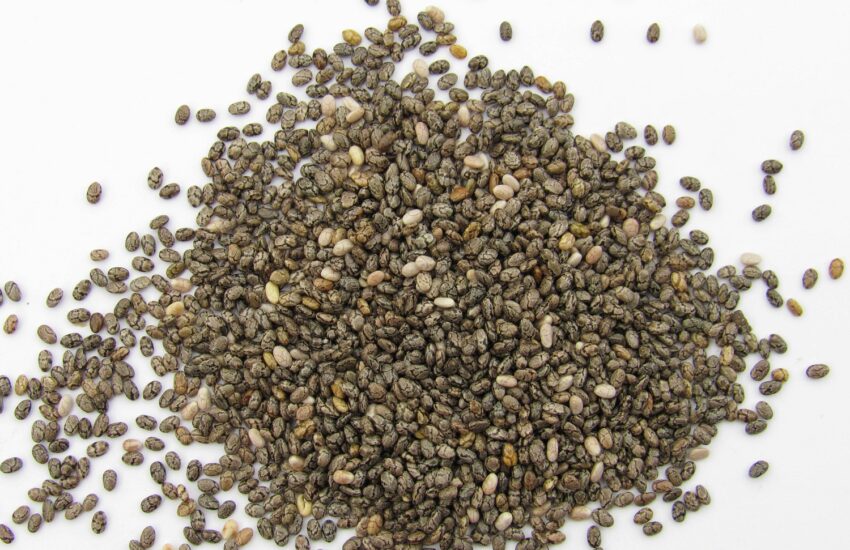Chia seeds are a nutrient-dense superfood that can offer several health benefits for children, but it’s important to use them appropriately to ensure safety and maximize their benefits. Here’s a detailed look at the safety of chia seeds for kids and practical tips on how to incorporate them into their diet. Here’s, Mohit Tandon from Chicago suggested to use Chia seeds for kids. How to use them?
Are Chia Seeds Safe for Kids?
Nutritional Profile
Chia seeds contains essential nutrients such as omega-3 fatty acids, fiber, protein, calcium, magnesium, and antioxidants. These nutrients contribute to overall health and development, making chia seeds a valuable addition to a child’s diet. – Mohit Tandon Chicago
Safety Considerations
- Choking Hazard: Whole chia seeds can pose a choking risk, especially for younger children, because they expand when they come into contact with liquid. To mitigate this risk, chia seeds should be soaked in water or another liquid before consumption, which turns them into a gel-like substance that is safer to eat.
- Digestive Sensitivity: Chia seeds are high in fiber, which can be beneficial for digestive health but might cause digestive issues such as bloating or gas if introduced in large quantities. It’s best to start with small amounts and gradually increase the serving size as the child’s digestive system adjusts.
- Allergies: While chia seed allergies are rare, they can occur. It’s advisable to monitor for any allergic reactions when introducing chia seeds into a child’s diet for the first time. Symptoms could include itching, rash, or digestive discomfort. – Chia seeds for kids: how to use them? Mohit Tandon Chicago
- Balanced Diet: Ensure that chia seeds are introduced as part of a balanced diet. Over-reliance on any single food item can lead to nutritional imbalances. Chia seeds should complement a variety of other healthy foods.

How to Introduce Chia Seeds to Kids
1. Start with Small Amounts
Begin with a small serving, such as a teaspoon of chia seeds, and observe how your child’s body responds. You can gradually increase the amount if they tolerate it well.
2. Soak Chia Seeds
Soaking chia seeds in liquid helps prevent choking hazards and makes them easier to digest. Mix chia seeds with water, milk, or a dairy-free alternative and let them sit for at least 10-15 minutes or until they form a gel-like consistency. – Chia seeds for kids: how to use them? Mohit Tandon Chicago
3. Incorporate into Recipes
Chia seeds can be added to a variety of kid-friendly recipes:
- Smoothies: Blend chia seeds into fruit smoothies for an extra nutritional boost.
- Yogurt: Stir chia seeds into yogurt to create a creamy texture and add a nutritional punch.
- Oatmeal: Mix chia seeds into oatmeal or overnight oats for added fiber and omega-3s.
- Baked Goods: Incorporate chia seeds into muffins, pancakes, or granola bars for a healthy twist.
4. Use Chia Seed Gel
Chia seed gel, made by soaking chia seeds in water or another liquid, can be used as a base for puddings or as a thickening agent in recipes. This can make chia seeds more palatable and easier to digest for children.
5. Flavor and Texture Adjustments
Since chia seeds have a mild, nutty flavor, they can be combined with other flavors to make them more appealing to kids. Try adding them to sweet dishes like fruit purees or smoothies where they can blend seamlessly with other ingredients. – Mohit Tandon Chicago
6. Educational Aspect
Teach older children about the benefits of chia seeds in a fun and engaging way. Involving them in the preparation process and explaining how chia seeds are good for their health can make them more interested in eating them.
Conclusion
Chia seeds can be a nutritious and beneficial addition to a child’s diet when introduced properly. To ensure safety, always soak chia seeds before serving, start with small amounts, and monitor for any adverse reactions. Incorporating chia seeds into a balanced diet through various recipes can enhance your child’s nutrient intake and promote overall health. As always, consult with a pediatrician or a nutritionist if you have specific concerns about introducing new foods into your child’s diet.
